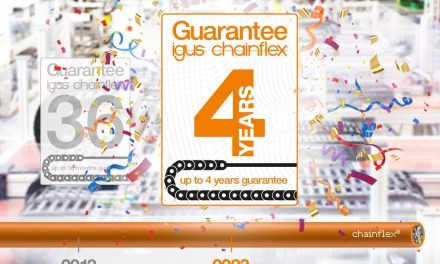Problem
Across all sites, the number one cause of system failure is bearing faults. Over 90% of cases failure was due to the lubrication condition/deterioration. The clients challenge, in between visits from a Vibration Consultant, is to find a low cost, easy to use, method to measure and ensure that the new grease is getting to the bearing. And where a risk is found a method to monitor the risk of failure. Failing to ensure this is resulting in unscheduled, extremely costly, bearing replacements and secondary damage. A bearing change onsite is £3,000, if they are unable to be replaced on site the cost can be upwards of £15,000 (consider the downtime and risk to the plant if the asset needs to be sent away). Therefore, by knowing the bearing condition and changing on demand in a controlled situation would save a lot of money and reduce the risk of system failure to the business.
Demonstration
During a survey by a Vibration Consultant using a high-end vibration kit it was established that a motor needed lubrication and a Centrifuge main rotor drive end bearing had a high-risk defect. However, the goal was to prove if a lower cost, easy to use vibration meter would identify if the motor needed lubricating and that the Centrifuge bearing was damaged.
The TPI 9071 was chosen as a low cost vibration analysis meter, coming in at under £500, to quantify if there is good lubrication at the bearing, as, even at this low cost, it also will alarm Velocity levels to ISO and measure the Acceleration impacting levels of the bearing.
 Data:
Data:
#1 – Can the TPI 9071 detect a low lubrication level on a bearing?
 Readings show that this motor needs lubrication as the BDU (bearing damage unit) was 72 (amber warning). The ‘g’ level is less than 1 so it’s not badly damaged.
Readings show that this motor needs lubrication as the BDU (bearing damage unit) was 72 (amber warning). The ‘g’ level is less than 1 so it’s not badly damaged.
The maintenance team lubricated the motor, and this was the reading 48 BDU and in the green, afterwards. In addition, the ‘g’ level reduced, now there is no metal to metal from the rolling elements.
# 2 – Can the TPI 9071 detect the high-risk damaged bearing on the rotor?
 This is the reading from the NDE/back end main rotor bearing, with a BDU level of 29 indicating a good lubrication condition and the ‘g’ level is less than 1 so the bearing has no major damage.
This is the reading from the NDE/back end main rotor bearing, with a BDU level of 29 indicating a good lubrication condition and the ‘g’ level is less than 1 so the bearing has no major damage.
In contrast the drive end main rotor bearing has a BDU level in the RED at 260 and the ‘g’ level is over 1 at 2.63 – indicating a damaged bearing. This was lubricated and the levels did not reduce proving the bearing is damaged, this need replacing rather than lubricating.
Conclusion
The TPI 9071 is proved to give the desired results and allow the maintenance team to gauge the health of the asset easily and quickly:
- By using a simplified traffic light indication format.
- They now know greasing the bearings are prolonging the useful life of the bearing.
- Or they need replacing, which can then be scheduled at a more convenient time, rather than wait till a much more costly firefighting breakdown occurs.
 Solution
Solution
Purchase TPI 9071s for the maintenance team as the cost payback for the unit will be instantaneous.
The cost for the TPI 9071 is £495 each.


